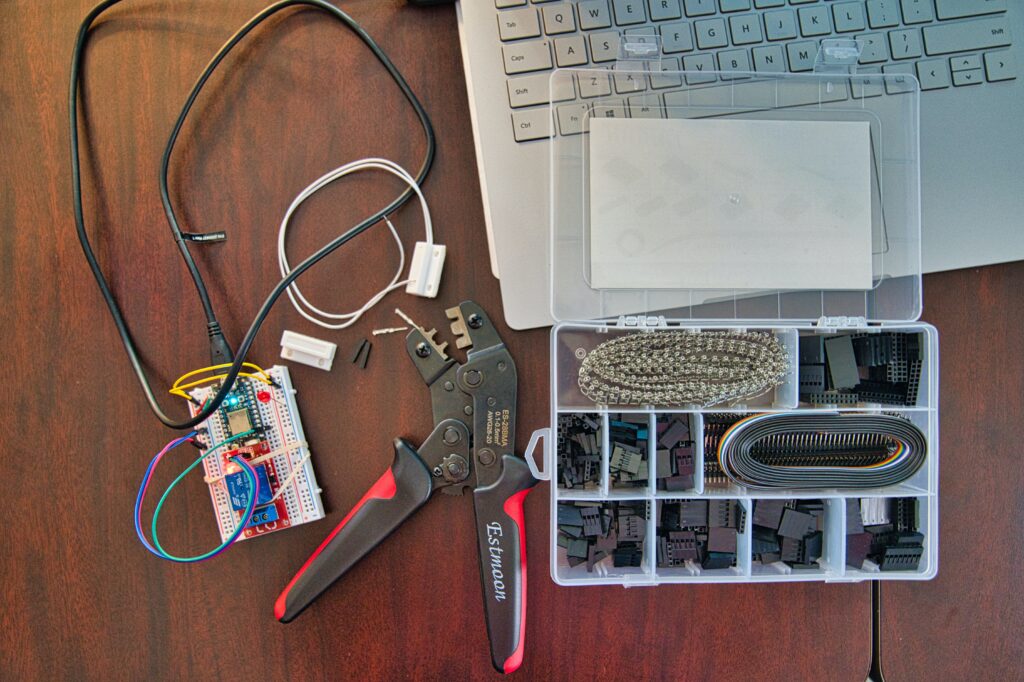Did you know that limit switches are integral to our everyday lives? There is possibly not a single day when you don’t come across a limit switch. A limit switch is an essential equipment for every professional engineer, but it can be difficult to understand how operation what they’re good for. This article will take you through everything to know about limit switches and help you choose the best ones for your needs.

What are Limit Switches?
A limit switch is often used to detect and measure if an object’s movement limitations have been surpassed, as well as to determine or feel the position of an object quickly. However, as hinted by its name, a limit switch was first used to specify the distance an object might move before coming to a halt.
Limit switches come in three main varieties: mechanical, electrical and optical. A mechanical limit switch has two levers for operation—one for opening/closing a circuit (the “set” lever) and another for detecting movement (the “reset”).
What Are The Different Parts of a Limit Switch?
A limit switch comprises several electrical connections that link the shift to the electrical system that it is regulating, an actuator with an operative head, and the switching body framework.
The portion of the limit switch which comes into contact with another point is called the operational head. This head is attached to the actuator, translating the functional head’s linear, vertical, or rotational movement into closing or opening the switch.
The actuator regulates the state of the contact mechanism, which is housed in the switch body. Wires can be linked to the limit switch via terminal bolts attached to the contacts.
Size, operating force, installation technique, and average pace are significant elements in the installation and upkeep of a limit switch because it relates to the technical requirements and evaluation metrics of various machines. In addition, to prevent equipment malfunction, the electrical capacity of a limit switch should also match the system demands that it will be regulating.
Advantages of a Limit Switch
Limit switches have the following benefits inherent to their configuration. They are mentioned below:
- The layouts are typically simple and uncomplicated.
- They perform effectively in almost any commercial scenario and have good consistency and precision.
- They are equipment that requires low energy consumption.
- They can switch high loads.
- They can switch numerous loads.
- They are easy to set up, efficient, and tough.
- They frequently contain heavy-duty electrical contacts, allowing for direct switching of greater electricity levels without requiring additional relay management.
What are the Limitations of a Limit Switch?
A limit switch might not be appropriate for all applications because of some of its restrictions, such as:
- They are typically utilized in machinery that functions at very moderate speeds since they depend on mechanical movement.
- Since they are touch detectors, they require direct physical touch with the target.
- The mechanical design of the components makes them susceptible to mechanical damage or damage over time, necessitating future replacements.
Collaborate With Leading Service Providers
In conclusion, limit switches are an excellent option for setting up a simple control system. They’re inexpensive and reliable, but they only work for certain applications. If you need to use your system as a failsafe or emergency device (for example, if there is no power available), then a manual switch such as this would be the best option. Suppose you want to purchase high-quality limit switches for your business. In that case, we advise you to do some research and understand the suppliers who provide quality products in addition to them being highly efficient!

